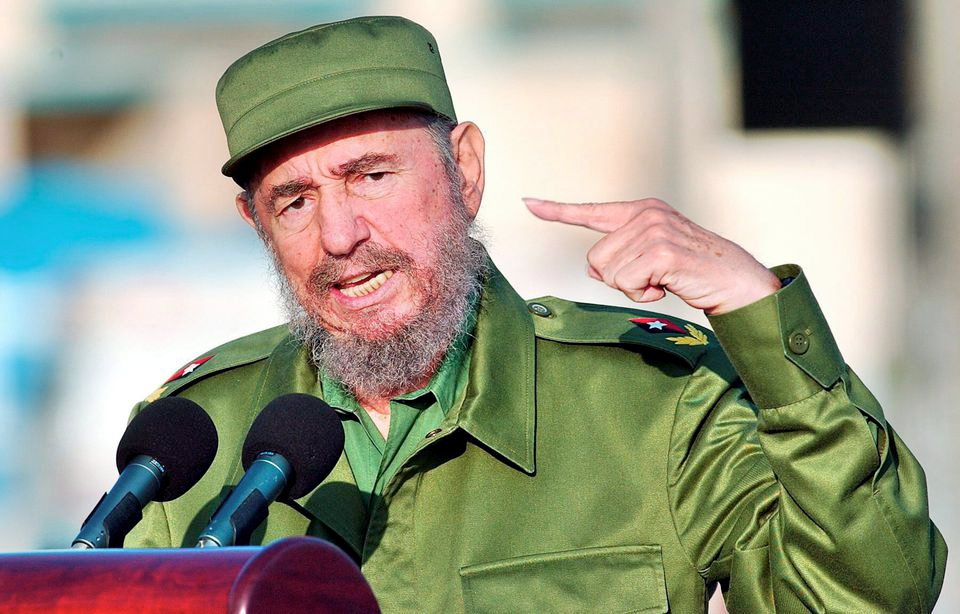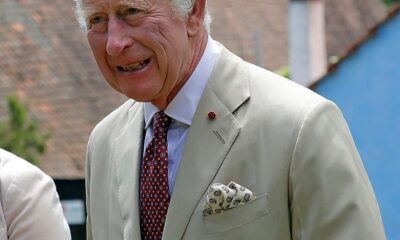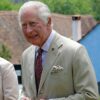Fidel Castro, the former leader of Cuba, has been reported to have survived over 600 assassination attempts during his life, according to Cuban officials.
Castro died in 2016, and his brother Raul made the announcement.
Before his death, Fidel had written a column for his 90th birthday in which he commented that had he been assassinated, his brother Raul would have replaced him.
“If surviving assassination attempts were an Olympic event, I would win the gold medal,” he had told interviewers.
The number of people who wanted Castro gone or dead rose after he seized power in 1959, took over US property on the island, and embraced the Soviet Union.
In particular, the US mafia had a strong motive to want him dead.
Before the revolution, the mob had paid off Cuban officials to operate hotels, casinos, and brothels on the island, which was outside of US jurisdiction.
Castro’s takeover saw the end of the party for the mobsters, and they fled back to the US.
In an unusual partnership, the CIA recruited the mob to kill Castro.
According to declassified CIA reports, in 1960, a CIA agent met with mobster Sam Giancana in Miami, who agreed to waive their usual fee and to help the American government kill Castro.
Cyanide pills were delivered via the mob’s contacts to the former Hilton Hotel in Havana, now nationalized and renamed the Hotel Habana Libre, which served chocolate milkshakes that Castro was known to love.
However, the plot went awry when the assassin broke the capsule of poison while trying to pick it up, as it had stuck to the shelf of the freezer where it was hidden.
The CIA tried again, this time recruiting an erstwhile lover of Castro’s, Marita Lorenz, to deliver the poison pills.
When Lorenz got to Havana, she found that the pills had dissolved in the jar of face cream where she had hidden them, and Castro was aware of the plot.
“Are you here to kill me?” Lorenz recalled Castro asking her, and then handing her his pistol as they met in a hotel suite for a tryst.
Instead of shooting Castro, according to Lorenz, she fell into the Cuban leader’s arms.
Following the disastrous 1961 Bay of Pigs invasion, more than 1,000 CIA-trained Cuban exiles were taken prisoner by Castro’s forces.
The US government sent attorney James B. Donovan to negotiate the exiles’ release directly with Castro.
Donovan spent months talking with Castro, even bringing his son along.
The relationship developed, and Castro took the Americans along for one of his favorite activities, spearfishing in Cuba’s crystalline waters.
Those outings inspired a new CIA assassination plot: the toxic dive suit.
According to a partially declassified CIA document in 2015, Donovan was to become the “unwitting purveyor” of a dive suit contaminated with disfiguring “Madura foot fungus” and deadly “tuberculosis bacteria.”
But Donovan turned down the suit he was to present to Castro because he had already given one to the Cuban leader as a gift.
Over the decades, Castro became one of the longest-ruling heads of state in the world, but the plots against him never stopped.
According to Fabián Escalante, a retired Cuban intelligence officer who looked after Castro for decades, he was targeted with sniper rifles, explosive-laden baseballs, poisoned cigars, and pistols disguised as news cameras, but all failed.
Even in his fifth decade of power, Castro was still calling out plots against him.
In 2000 at the 10th Ibero-American Summit of Latin American and European leaders in Panama, he publicly denounced what he said was another attempt about to be made against him.
Despite the
constant threat of assassination, it was not a bomb or cyanide capsule that removed Castro from power, but a botched medical operation.
In 2006, Castro was afflicted by an intestinal ailment and had to undergo a series of bungled operations that almost cost him his life.
Two years later, he was forced to cede power to his younger brother Raul Castro.
In the last months of his life, Fidel Castro was increasingly infirm, and he traveled with heavy security, but he was rarely seen in public.
However, on his 90th birthday in August, Castro’s presence was felt again.
The government in Cuba posted signs around the country reading, “Long live Fidel.”
Despite the many attempts on his life, Castro remained in power for nearly 50 years, from 1959 to 2006.
During this time, he survived assassination attempts that were often bizarre and comical.
Some of the plots against Castro were so outlandish that they seemed more like a cartoon than reality.
The 2006 British documentary “638 Ways to Kill Castro” stated that “more people have tried to murder the world’s most famous socialist than any man alive.”
The sheer number of attempts on Castro’s life meant that he was always on the alert for new plots.
According to Escalante, “The problem with assassinations is that there is no way of knowing when the next one will come, and so you have to take precautions all the time.”
These precautions included wearing a bulletproof vest, traveling with a decoy, and always having food and drinks tested for poison.
The many attempts on his life contributed to the mythology surrounding Castro.
He was seen as a larger-than-life figure who had cheated death on numerous occasions.
Castro was admired by some and despised by others, but there is no denying that he was a significant figure in world history.
His life was full of drama, intrigue, and danger, and his death marked the end of an era.















































































